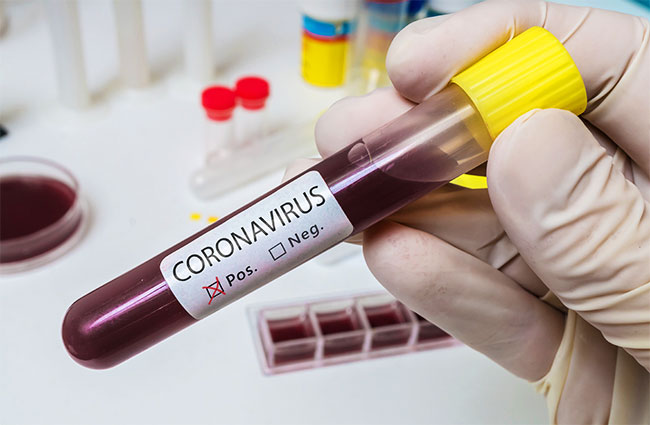Accidents. Scandals. Deaths. Lawsuits. Layoffs. Pandemics. All of these events—and others you’ve never imagined—can impact your business. Do you have a crisis communication plan?
With the coronavirus sweeping the country, I’m getting email blasts from businesses far and wide—with varying messaging. From a nonprofit group: “We’re writing to inform you that the … Conference Steering Committee has made the difficult decision to cancel this year’s conference.… We make this decision out of an abundance of caution and in the best interest of current public health concerns.”
And from my residence, Ashland, Oregon: “On March 12, 2020, Governor Kate Brown announced urgent new rules to slow the spread of COVID-19 (Coronavirus) in Oregon based on the recommendations of the Centers for Disease Control and Prevention (CDC), Oregon public health experts, epidemiologists, and health professionals. This includes the cancellation of all large gatherings over 250 people statewide effective immediately for four weeks. As a result, venues that host large public events, including the Oregon Shakespeare Festival’s Angus Bowmer and Thomas Theatres, will be closed beginning March 12, in an effort to mitigate the spread of COVID-19.”
Why Have a Crisis Communication Plan
Michael Turney, professor of communication at Northern Kentucky University (with a robust communication strategy related to the virus and its implications to the campus community), likens having a crisis communication plan to auto insurance.
“Most of us purchase automobile accident insurance even though we’re statistically more likely to not have an accident than to have one,” Turney states. “So, buying insurance is also a way of planning for something that may not happen, and most auto insurance policies sit in drawers gathering dust. Despite this, clear-thinking drivers do not forego car insurance, and knowledgeable communicators do not try to get by without a crisis communication plan.”
The time to create your plan is before you need it. However, necessity is often the mother of invention.
Elements of a Crisis Communication Plan
1) Identify critical stakeholders, such as:
- employees
- shareholders
- donors
- vendors
- media
2) Define tasks:
- Who makes the decisions and directs operations, keeping the team updated?
- Who keeps employees—and possibly their families—updated?
- Who will serve as the spokesperson, publicly announcing new developments, articulating the organization’s positions, and handling media interviews?
- Who will assist with arranging interviews and distributing background information to the media? How might this person help with fact-checking to support the spokesperson?
- Who will communicate with investors, especially if the situation results in financial uncertainty?
- Who will monitor phone calls, emails, and social media posts to appropriately route crisis-related messages and responses?
3) Create a crisis communication team roster that identifies specific people who can take on each task.
- Be sure contact information (cell phone, email, home address) for each person is current. If the organization is large, include current job titles and departments.
- Add at least one or more people who can back-fill for each task.
4) Share the plan with all employees and update it with every change in personnel.
5) Create (or gather) boilerplate information about the organization that can be available to the media.
Are You Ready?
In this crisis, do you need immediate assistance with communication to your stakeholders and the media? Do you need help developing a crisis plan for your business? We can quickly step in to help with practical, actionable advice. Call 541.601.0114, email, or use our contact form today.
The time to create your plan is before you need it. Share on X






Leave a Reply